Convolutional Neural Networks
What are Convolutional Neural Networks?
- Originally, convolutional neural networks (CNNs) were a technique for analyzing images.
- Applications have expanded to include analysis of text, video, and audio.
- CNNs apply multiple neural networks to subsets of a whole image in order to identify parts of the image.
The idea behind CNN
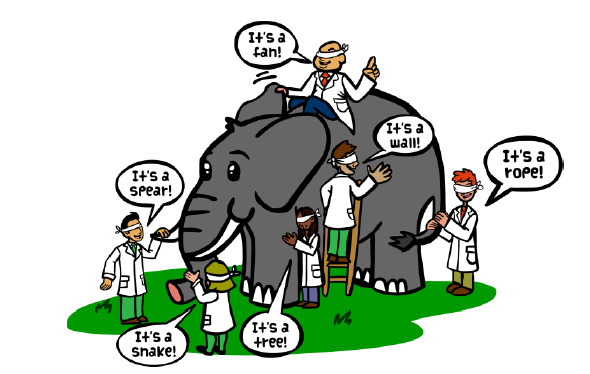
- Recall the old joke about the blind-folded scientists trying to identify an elephant.
- A CNN works in a similar way. It breaks an image down into smaller parts and tests whether these parts match known parts.
- It also needs to check if specific parts are within certain proximities. For example, the tusks are near the trunk and not near the tail.
Is the image on the left most like an X or an O?
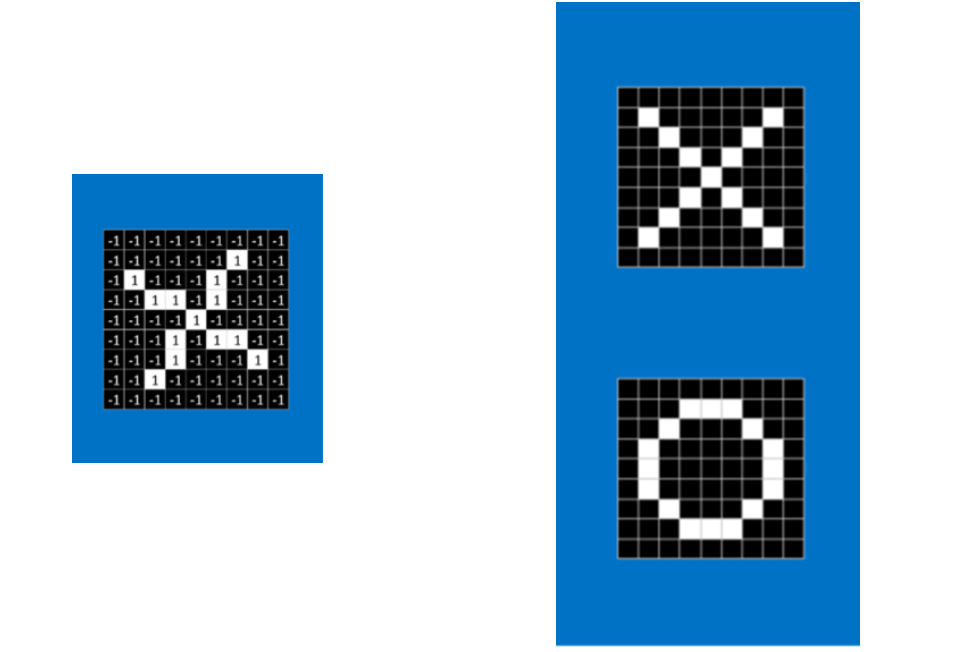
What features are in common?

Building blocks of CNN
CNN performs a combination of layers
- Convolution Layer
- This layer compares a feature with all subsets of the image
- It creates a map showing where the comparable features occur
- Rectified Linear Units (ReLU) Layer
- This layer goes through the features maps and replaces negative values with $0$
- Pooling Layer
- This layer reduces the size of the rectified feature maps by taking the maximum value of a subset
The CNN ends with a final layer
- Classification (Fully-connected layer) layer
- This combines the specific features to determine the classification of the image

These layers can be repeated multiple times. The final layer converts the final feature map to the classification.
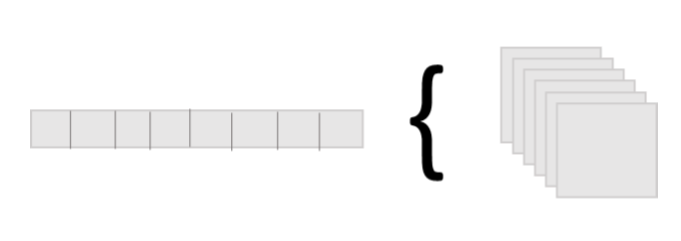
Example: MNIST Data
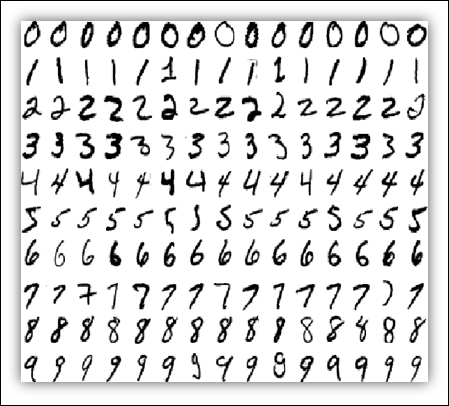
- The MNIST data set is a collection of hand-written digits (e.g., 0-9).
- Each digit is captured as an image with 28x28 pixels.
- The data set is already partitioned into a training set (60,000 images) and a test set (10,000 images).
- The tensorflow packages have tools for reading in the MNIST datasets.
- More details on the data are available at http://yann.lecun.com/exdb/mnist/
Why Use GPUs?
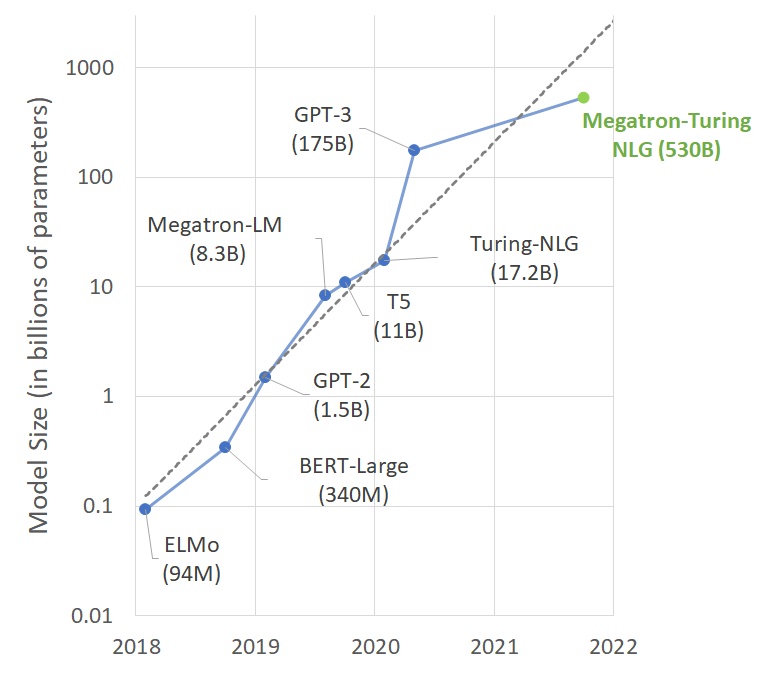
Over time, bigger models have been developed to handle more complex tasks, and consequently, to handle more computations. The training process involves hundreds of thousands of computations, and we need a form of parallelization to speed up the process.
HPC systems can help meet this demand through specialized hardware, like GPUs which can provide the needed parallelization, and other hardware.